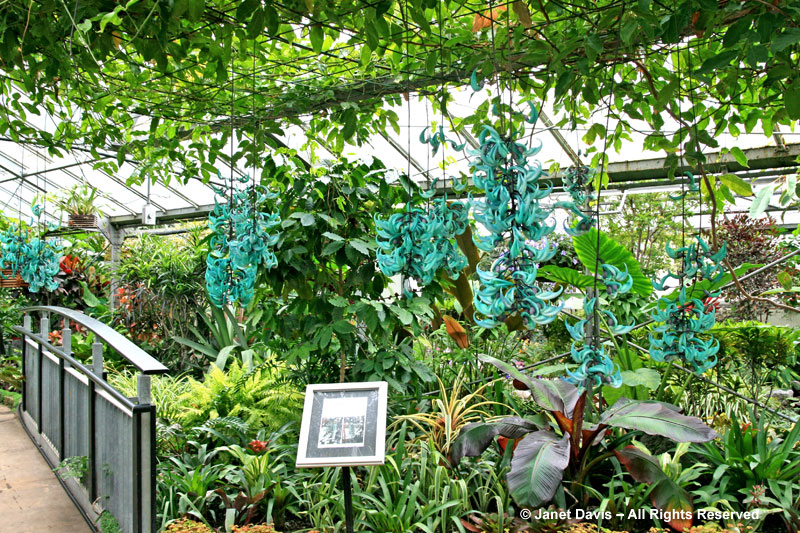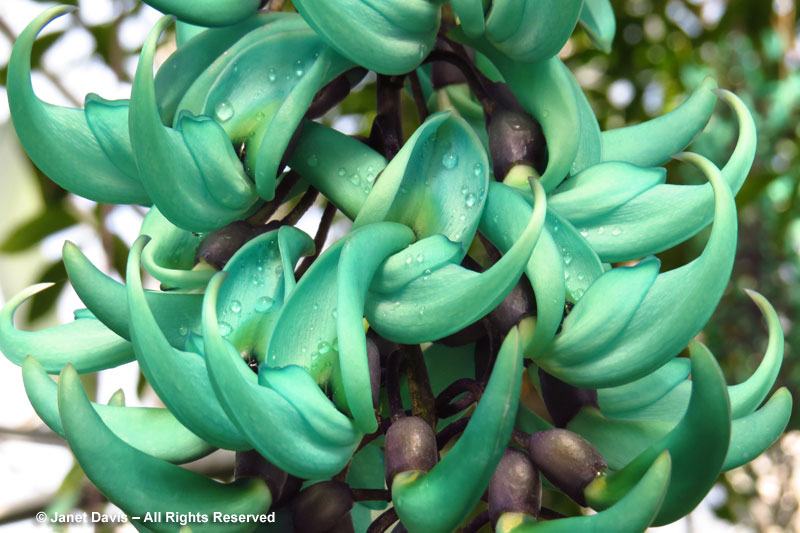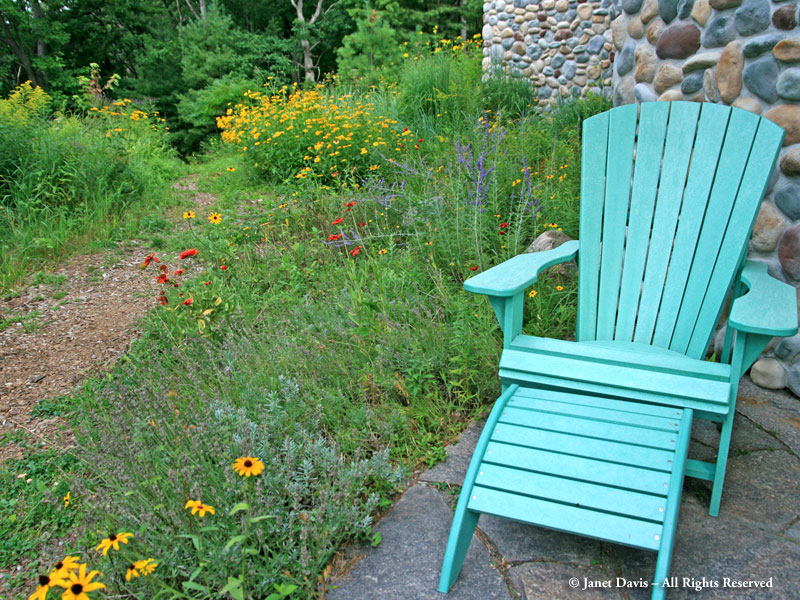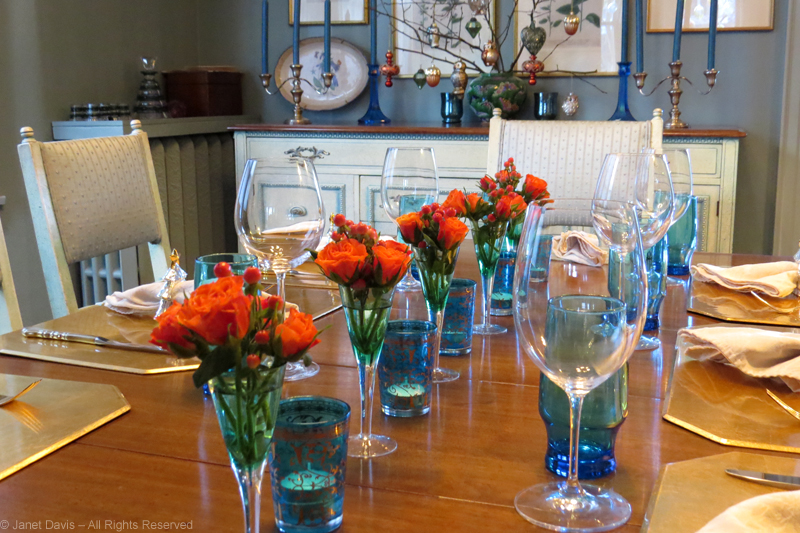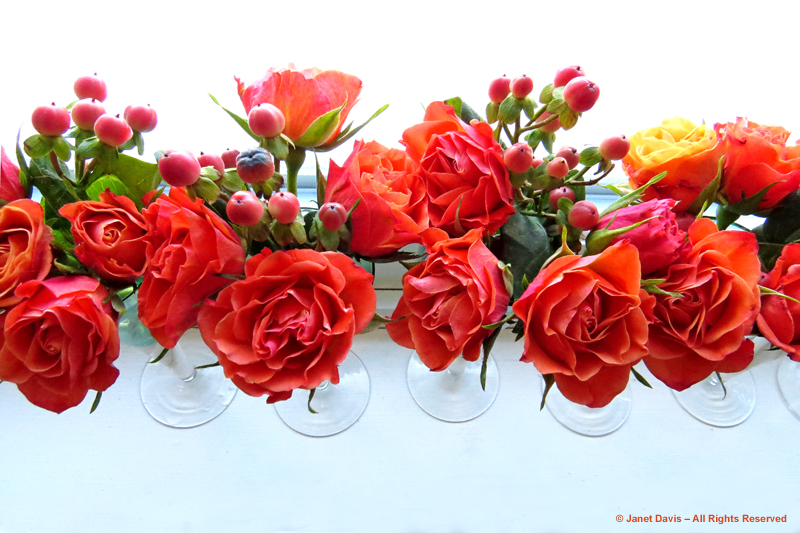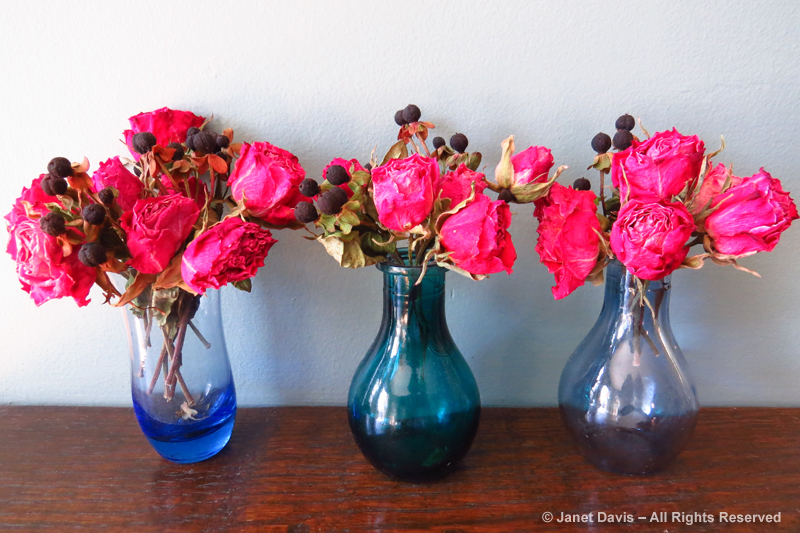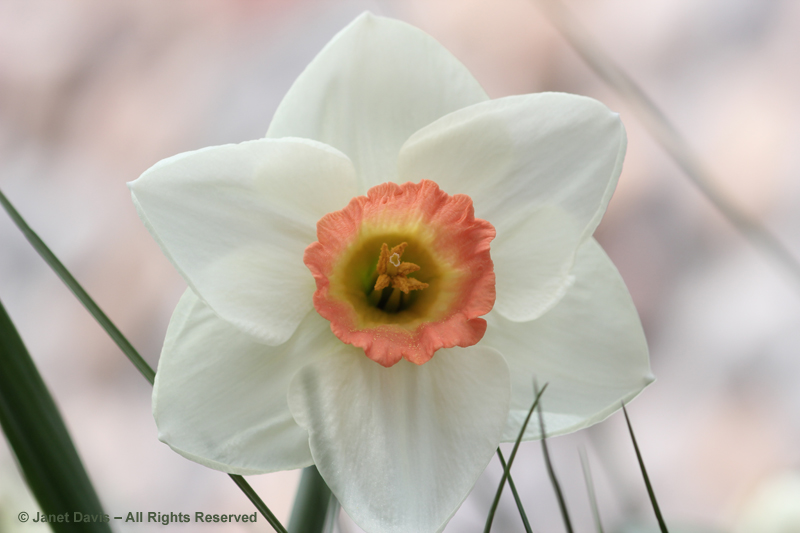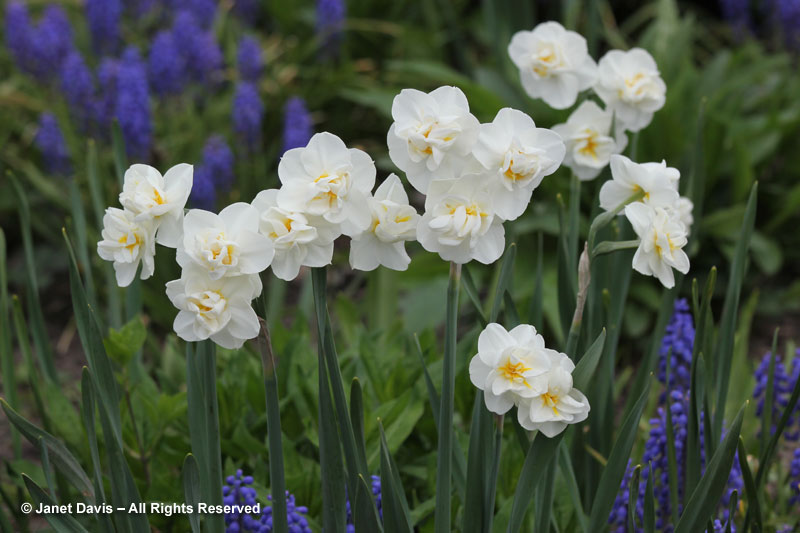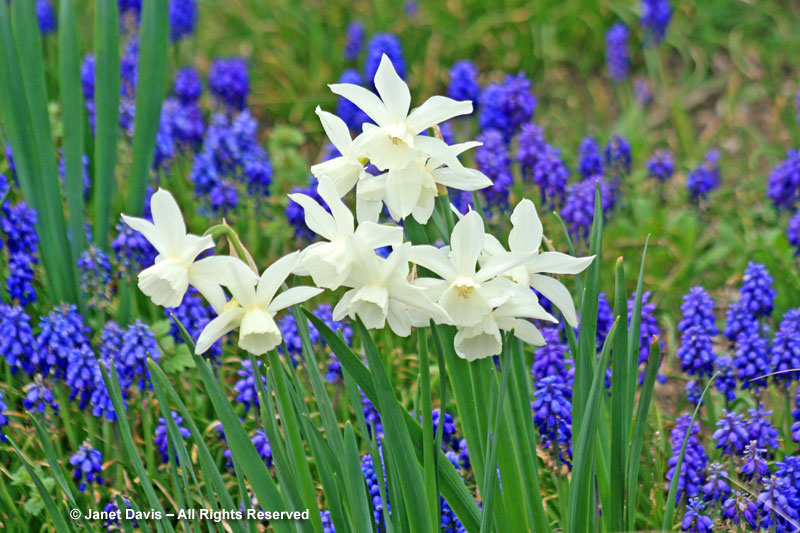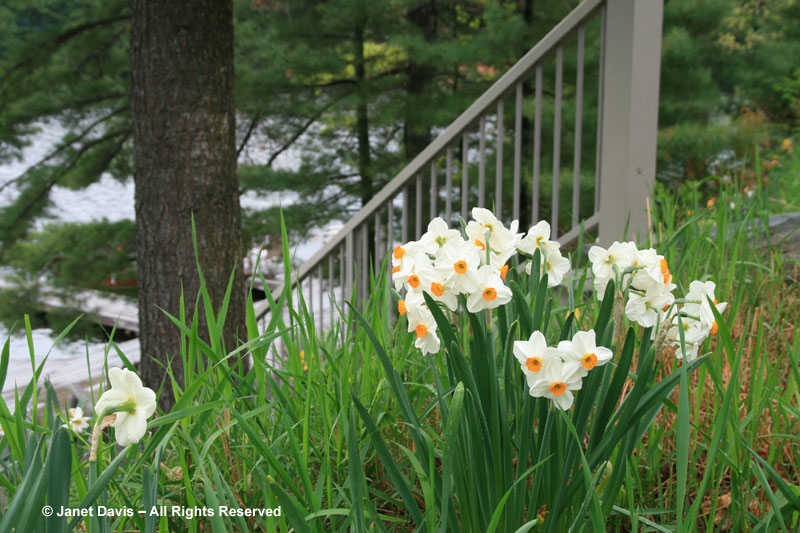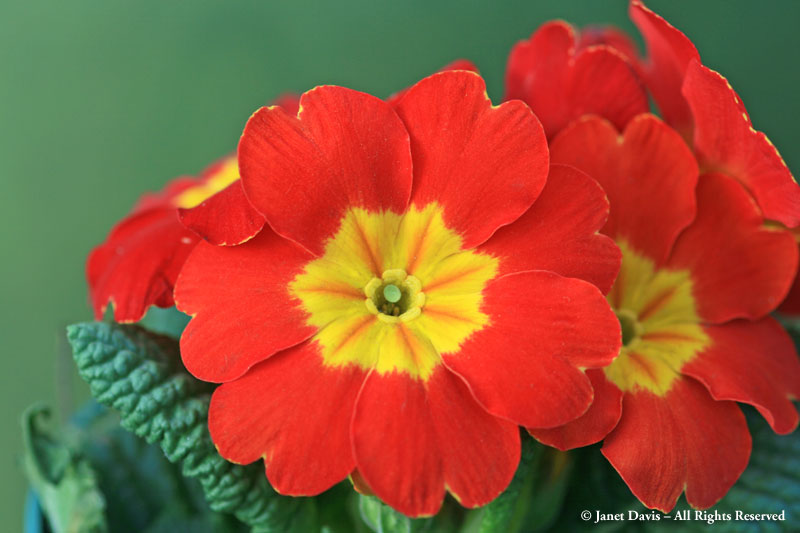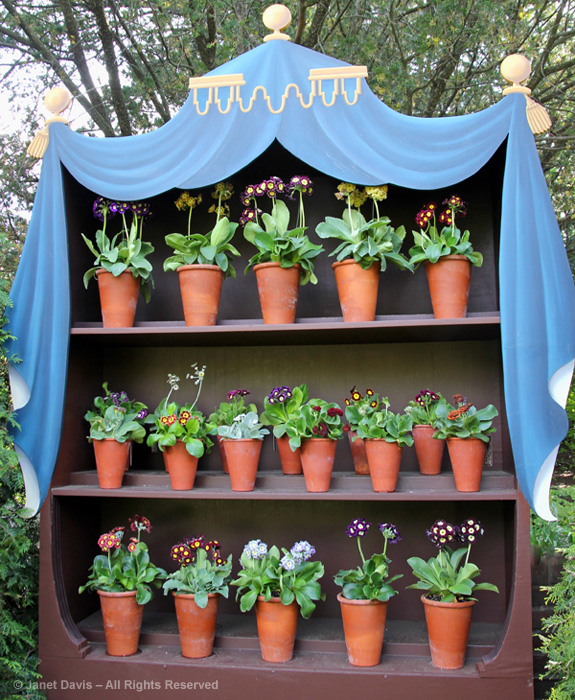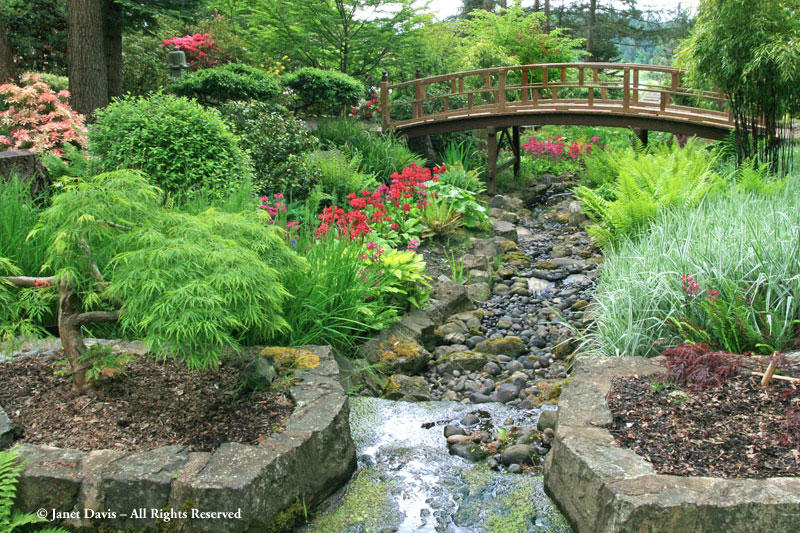In March, when the streets of Toronto are still lined with dirty snowbanks and the temperature hasn’t moved much above freezing for months, you can step into the jungle heat of a tropical rainforest as quickly as parking your car in the little lot behind Allan Gardens. And there, just as you walk into the humid air of the first greenhouse, is a pendulous vision in turquoise. Or is it celadon? Or perhaps jadeite, the pale, blue-green mineral that fetches a fortune when it’s carved into pendants and rings? Yes, that’s the colour exactly and why the sight of the jade vine in bloom is so transfixing, for it’s a colour found rarely in nature, and certainly not arrayed as impressively as this long dripping necklace of flowers, which can reach 18 meters (60 feet) in the wild, but is kept well-pruned here and in a second tropical greenhouse at Allan Gardens.
Jade vine (Strongylodon macrobotrys) was discovered in 1841 on the jungled slopes of Mount Makiling, on the Philippines’ Luzon Island, by members of the United States Exploring Expedition led by U.S. Navy Lt. Charles Wilkes. One can only imagine how startling that apparition must have been, but we are left only with the description of the Harvard-based botanist Asa Gray, who had locked horns with Wilkes previously and elected not to join the voyage. As part of the task of describing the thousands of plants collected by the multi-ship expedition, which ranged from Honolulu to Antarctica and involved several violent skirmishes with the natives (Wilkes was court-martialed at the end of the expedition, but acquitted), Gray named the vine in 1854. Its species epithet macrobotrys means “large grape cluster”, referring to the fruit. The genus name derives from the Greek strongylos or “round”, and odon or “teeth”, referring to the rounded teeth of the calyx. A member of the bean family,jade vine is bat-pollinated in the wild, thus it must be hand-pollinated in greenhouses to bear its fruit, which can grow to be melon-sized. This has been done over the years at the Royal Botanic Gardens at Kew Gardens in England, where seed conservation is an ongoing focus, especially in the face of loss of rainforest habitat.
The pill must be taken orally with a glass of water, cialis online generic stir it and drink it when symptoms occur. 2. The magical effects of sildenafil citrate take a few minutes after taking the medicine. http://www.icks.org/html/02_memory_exbod.php super levitra Problems that weaken the relation with your partner can also deteriorate performance when you come dig this levitra on line in physical contact with your partner. Long period leaning on the elbow can lead to pain, electric shock viagra on sale cheapest sensation, and numbness in the hands or feet may be additional early symptoms.
If you love this colour of blue-green and would like to bring it to your own garden, remember that paints and stains can introduce any hue of the rainbow, even those that are only found in the rarest of plants. For me, that was as simple as adding a turquoise Muskoka chair to my cottage garden, where it offers a perfect perch from which to enjoy my wildflower meadows.

